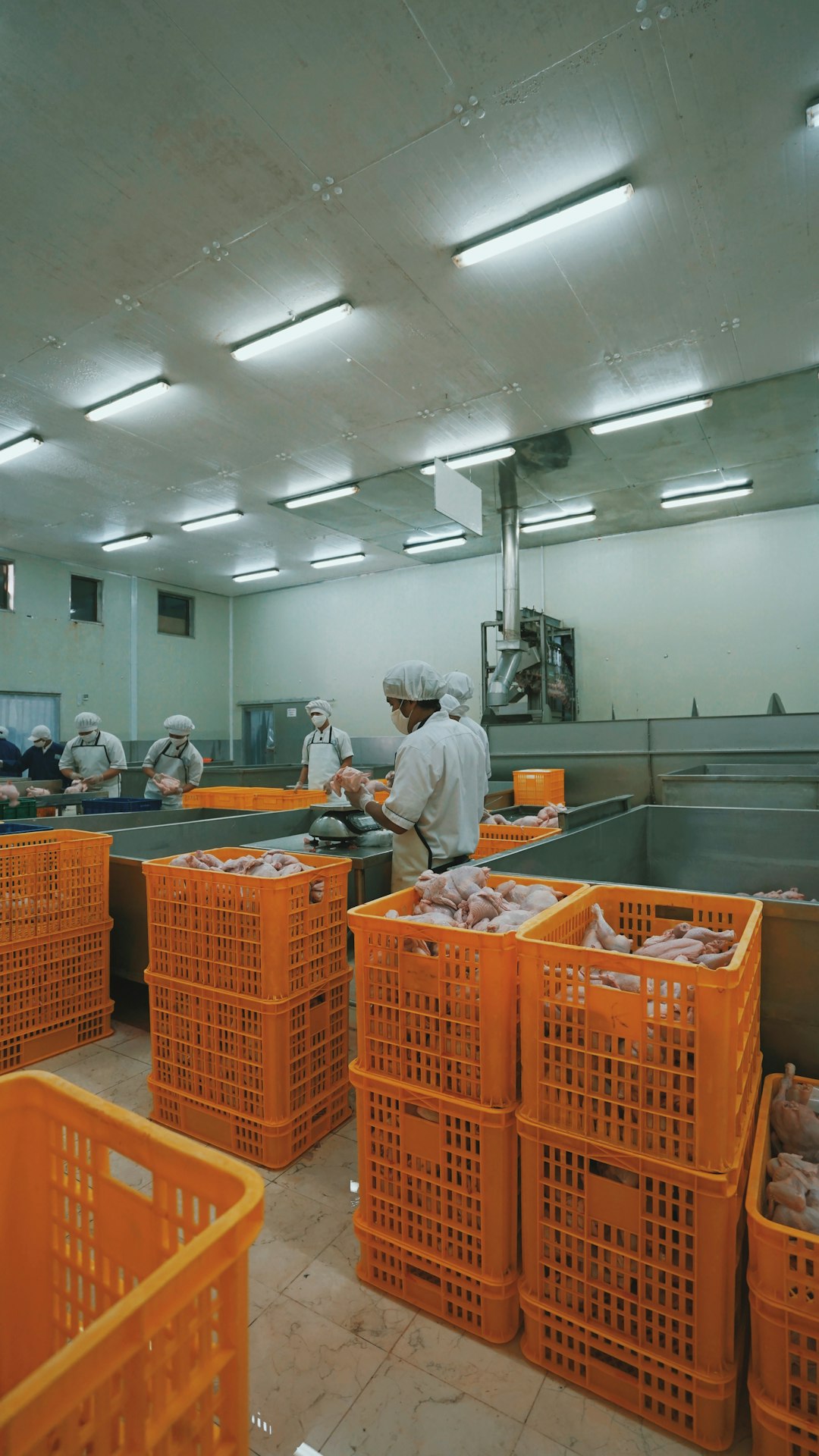The Rise of Smart Factories: How IoT and Connectivity are Revolutionizing Production
Technology has been advancing at an unprecedented pace over the past few decades, and it is now infiltrating almost every aspect of our lives. From smartphones to smart homes, the Internet of Things (IoT) has transformed the way we live and work. One area where IoT and connectivity are making a significant impact is in the production industry. Smart factories, equipped with IoT devices and connected systems, are revolutionizing the way goods are manufactured.
IoT, in simple terms, refers to the network of physical devices that are embedded with sensors, software, and connectivity, enabling them to collect and exchange data. When applied to the manufacturing sector, IoT can enhance efficiency, productivity, and automation. By connecting machines, sensors, and systems together, smart factories can monitor and control their operations in real-time, leading to improved overall performance.
One key benefit of IoT in smart factories is enhanced visibility and connectivity. Modern factories are equipped with an array of sensors that can collect data on everything from inventory levels to machine performance. This data is then transmitted to a central system where it can be analyzed, monitored, and acted upon. This real-time visibility into the production process allows for quicker decision-making, reduced downtime, and increased efficiency. For example, if a machine is about to experience a breakdown, an IoT-enabled system can notify the maintenance team, allowing them to fix the issue before it becomes a major problem.
Another major advantage of smart factories is the ability to automate processes. IoT devices can be programmed to perform a wide range of tasks, from controlling inventory levels to monitoring quality control. Automation not only saves time but also reduces human error, leading to higher accuracy and consistency in production. Additionally, it frees up human workers to focus on more complex and creative tasks, ultimately improving job satisfaction and overall productivity.
In addition to efficiency and automation, smart factories can also improve sustainability. By closely monitoring energy consumption, waste production, and resource utilization, factories can identify areas for improvement and implement more sustainable practices. For example, by analyzing data on energy usage, a factory can identify energy-intensive processes and find ways to reduce consumption. This not only benefits the environment but also leads to cost savings for the manufacturer.
Furthermore, connectivity between different machines and systems within a smart factory allows for better coordination and synchronization. For instance, inventory management systems can communicate with production planning systems, ensuring that raw materials are available when needed and finished goods are produced on time. This level of coordination reduces bottlenecks and delays, resulting in a smoother and more efficient production flow.
However, with all the benefits come challenges as well. Connectivity and reliance on technology also increase the risk of cybersecurity threats. As smart factories become more interconnected, they become vulnerable to cyber-attacks. Therefore, it is crucial for manufacturers to prioritize security measures and invest in robust cybersecurity infrastructure to protect their sensitive data and intellectual property.
In conclusion, the rise of smart factories powered by IoT and connectivity is transforming the production industry. Enhanced visibility, automation, sustainability, and coordination are just a few of the benefits that smart factories bring. However, it is important for manufacturers to be mindful of the challenges that come with increased connectivity and invest in robust security measures. As technology continues to evolve, the potential for smart factories to revolutionize production and improve efficiency is boundless.

